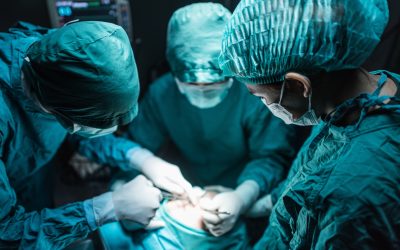One area that has undergone notable advancements is robotic surgery closure. Here we will examine five developments in robotic surgery closure methods that are revolutionizing the medical field.
1. Enhances Precision and Control
One of the most notable advances in robotic surgery closure is the enhanced precision and control. Surgeons can perform complex closures accurately, minimizing the risk of complications such as infection, bleeding, and scarring. This level of accuracy is precious in delicate or hard-to-reach areas where human dexterity may be limited.
2. Reduces Tissue Trauma
Thanks to the minimally invasive nature of robotic surgery, tissue trauma is significantly reduced. Smaller incisions and less manipulation of surrounding tissues lead to less inflammation, faster healing, and less postoperative pain for patients. Additionally, smaller incisions result in reduced scarring and better cosmetic outcomes.
3. Faster Recovery Times
Robotic surgery closure techniques involve fewer incisions and reduced tissue trauma, so patients often experience faster recovery times. This means shorter hospital stays, quicker return to daily activities, and improved overall patient satisfaction. These advancements alleviate the burden on healthcare systems, allowing for more efficient patient care.
4. Real-Time 3D Imaging
Real-time 3D imaging technology has revolutionized how surgeons approach closures in robotic surgery. High-definition, magnified images provide a detailed view of the surgical area, enabling precise suturing and knot-tying. This improved visualization helps reduce the risk of complications and promotes better outcomes.
5. Telesurgery Capabilities
Telesurgery, or remote surgery, is another groundbreaking development in robotic surgery closure techniques. It enables surgeons to perform procedures remotely, using an internet connection and advanced telecommunication technology. This can potentially increase access to specialized surgical care for patients in rural or underserved areas.
Overall it’s fascinating to think about robotic surgery’s potential in the future and the good effects it will have on healthcare outcomes as technology develops. Follow industry news and updates to remain current on the most recent developments in this subject. To learn more contact Sharp Fluidics today.






